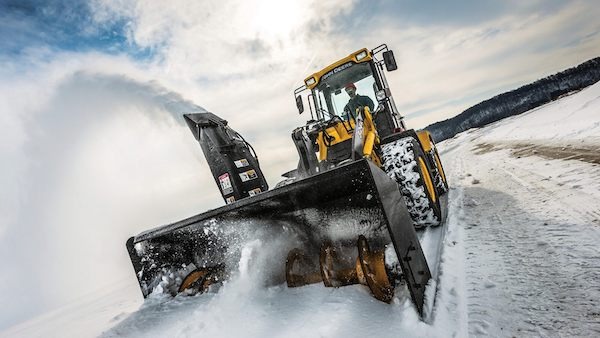Is It Okay to Overace in Cold Start Conditions?
1/22/20251 min read


Understanding Cold Start Conditions
Cold start conditions refer to the initial moments when a vehicle's engine is turned on for the first time during a cold period. These conditions are most commonly observed during winter months or in cold weather locations. At this time, the engine's oil is thickened due to low temperatures, and the vehicle's components are not yet fully warmed up. This raises concerns about whether it is safe or advisable to accelerate the engine during these periods.
The Impact of Overacing
Overacing, which involves rapidly accelerating the engine during cold start conditions, can significantly impact the longevity and performance of your vehicle. When an engine is cold, it requires time for optimal lubrication to circulate throughout the system. Overacing can result in increased friction between engine components, potentially leading to premature wear or even damage.
Best Practices for Engine Care During Cold Starts
To preserve your engine’s health during cold starts, it’s essential to adopt best practices. Firstly, allow your engine to idle for a few moments before driving off. This practice helps the oil to flow more freely and lubricate the moving parts effectively. Moreover, gradual acceleration rather than aggressive overacing is recommended. By easing into acceleration, the engine reaches its optimal operating temperature more effectively, thereby minimizing the risk of wear.
In summary, while it may be tempting to overcome any sluggishness during cold starts by overacing, responsible driving practices will ensure your engine remains in good condition. Prioritizing proper engine care, particularly in cold weather, can enhance your vehicle’s performance and longevity.
Support
Ask questions and share truck repair tips.
Connect
© 2025. All rights reserved.
